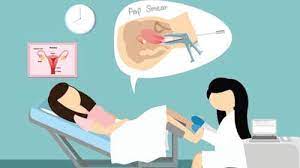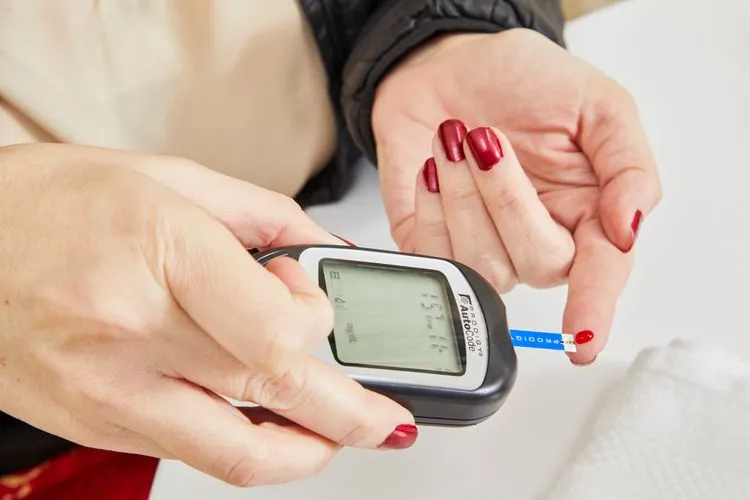When it comes to women’s health, one crucial screening test that often causes confusion and anxiety is the Pap smear. However, understanding what a Pap smear is and why it’s important can help women feel more empowered and informed about their own well-being.
What is a Pap smear?
A Pap smear, also known as a Pap test, is a simple and relatively quick procedure used to screen for cervical cancer. During a Pap smear, a doctor collects cells from the cervix, which is the lower part of the uterus that opens into the vagina. These cells are then examined under a microscope to check for any abnormalities that could indicate precancerous or cancerous changes.
Why is it important?
Cervical cancer is a significant health concern for women worldwide, but early detection through Pap smears can greatly increase the chances of successful treatment. The test can detect abnormal changes in the cells of the cervix long before they become cancerous. By identifying these changes early, women can receive appropriate interventions and medical care to prevent the development of cervical cancer.
Who should get a Pap smear and how often?
Guidelines for Pap smear screening can vary slightly depending on the country and individual risk factors, but in general, most healthcare organizations recommend starting regular Pap smears around the age of 21. It’s important to note that the recommendation may differ for women who have certain risk factors, such as a history of abnormal Pap smears or immunosuppression.
For women aged 21 to 29, Pap smears are usually recommended every three years. From the age of 30 to 65, the preferred approach is a combination of Pap smears and testing for the human papillomavirus (HPV), which is the primary cause of cervical cancer. This combined testing can be done every five years. However, in some cases, doctors may recommend Pap smears alone every three years.
It’s crucial to consult with a doctor to determine the appropriate screening schedule based on individual factors and guidelines in your specific region.
What can you expect during a Pap smear?
The Pap smear procedure itself is relatively simple and usually takes only a few minutes. You will be asked to lie on an examination table with your feet in stirrups, and a speculum will be gently inserted into the vagina to hold it open. The doctor will then use a small brush or spatula to collect a sample of cells from the cervix. Some women may experience mild discomfort or pressure during the procedure, but it should not be painful.
It’s important to communicate openly with your doctor about any concerns or discomfort you may have. They are there to ensure your comfort and answer any questions you may have.
Understanding the results
After the Pap smear, the collected cells will be sent to a laboratory for analysis. The results will typically fall into one of three categories: normal, abnormal, or inadequate. If the results are normal, it means no abnormal cells were detected, and routine screening is usually recommended according to the recommended schedule.
If the results are abnormal, it does not necessarily mean you have cancer. It could indicate the presence of precancerous changes or other noncancerous conditions that require further evaluation. In such cases, your healthcare provider will discuss the results with you and recommend appropriate follow-up tests or procedures.
Inadequate results mean that the sample collected was not sufficient for accurate analysis. In such cases, a repeat Pap smear may be required.
The author is the Director at Aura Speciality Clinic.























